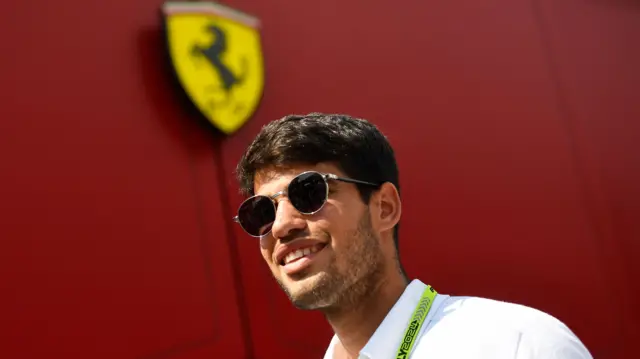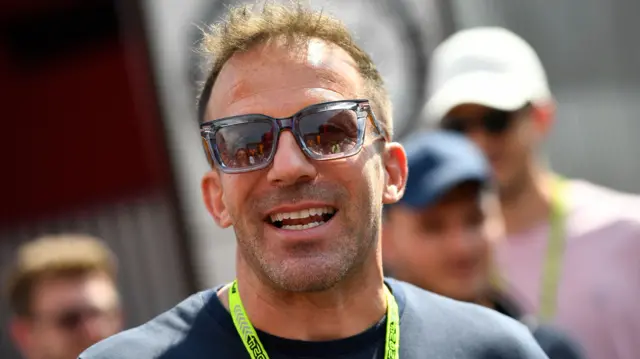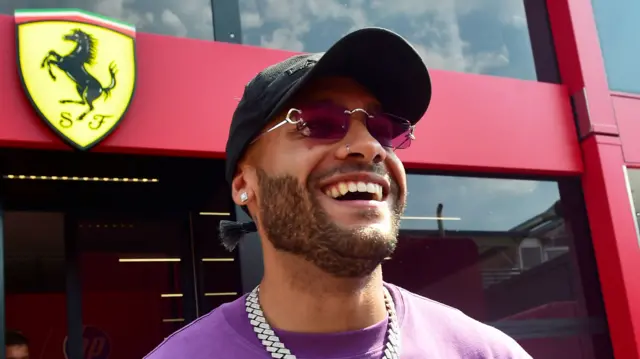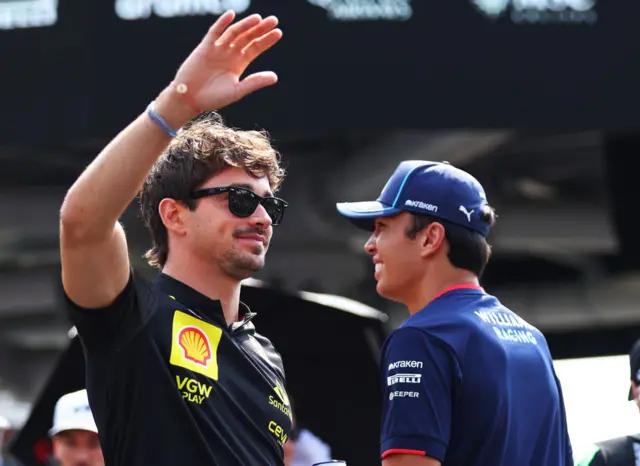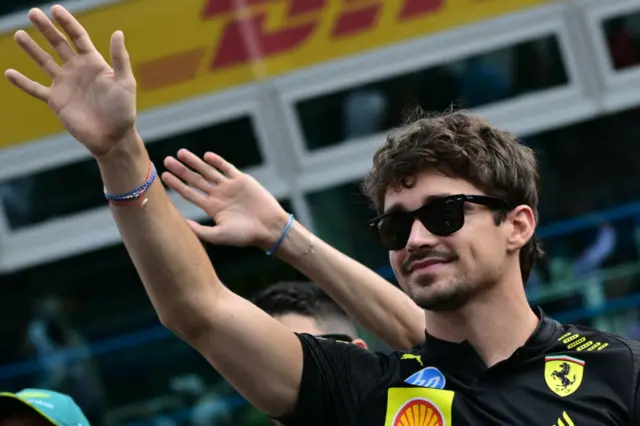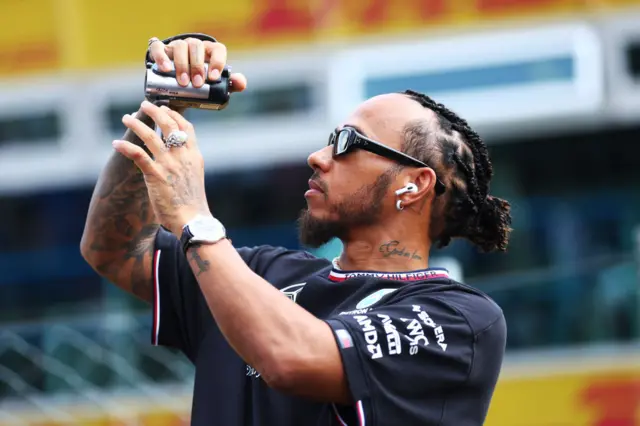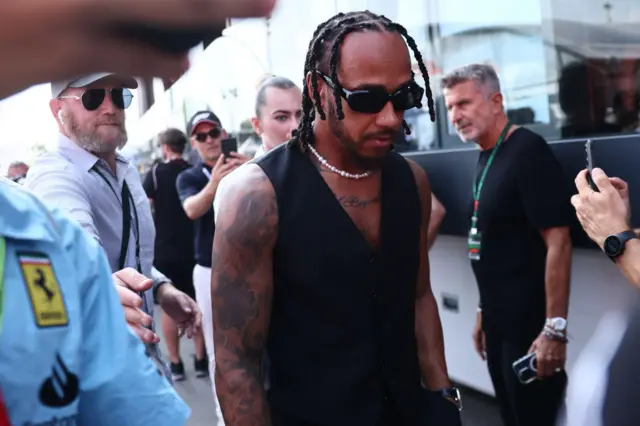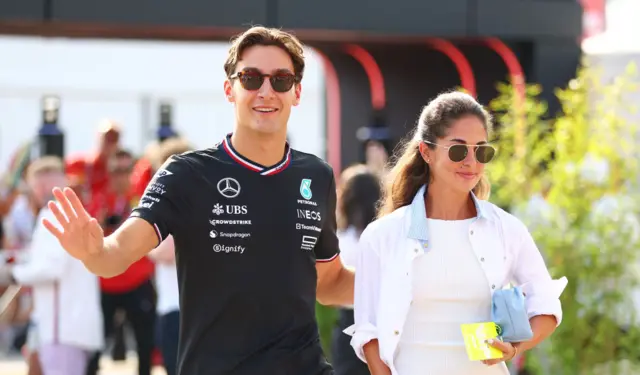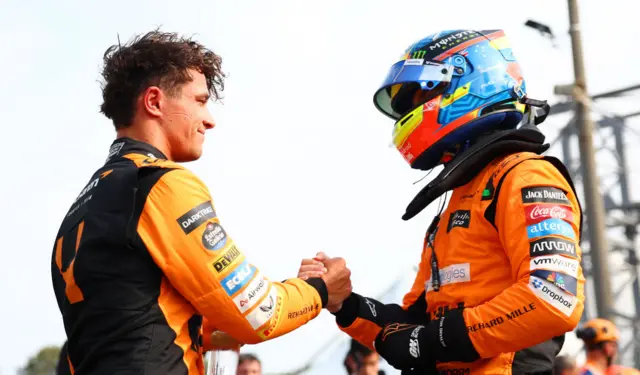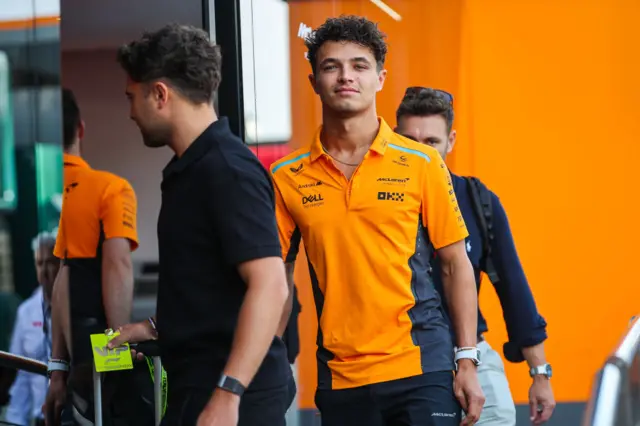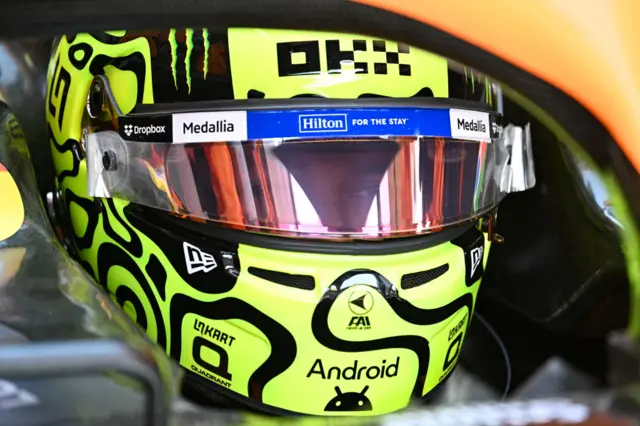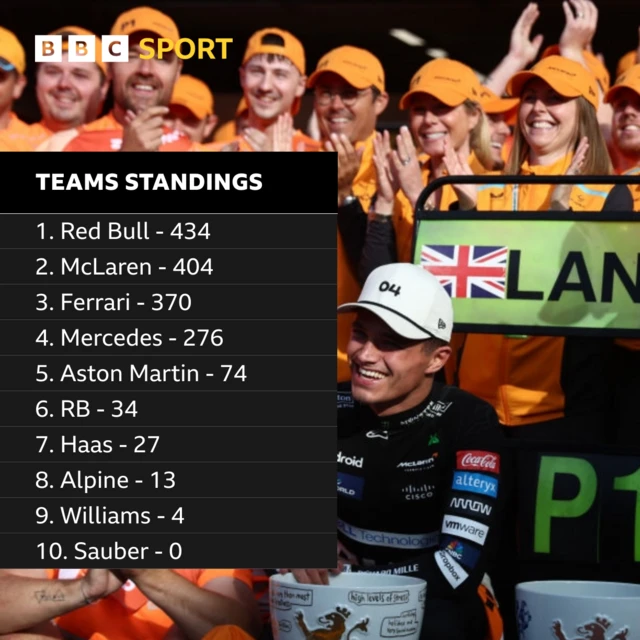'A one-stop and a two-stop are viable strategies'published at 13:54 BST 1 September 2024
 Andrew Benson
Andrew Benson
BBC F1 correspondent in Monza
 Image source, Pirelli Motorsport
Image source, Pirelli MotorsportThe Italian Grand Prix has been a one-stop race ever since pit stops returned to F1 in the 1990s, but this year there is uncertainty on strategy. The new track surface has significantly increased tyre wear, and both a one-stop and a two-stop are viable strategies. Choices will depend on how the tyres behave in the race.
The medium tyre - the likely start choice - has been suffering from graining, where the surface tears and reduces grip, particularly on the front left but sometimes also on the rear left. Once this starts to happen, pace suffers, and lock-ups become more likely. And once a tyre has a flat-spot, it really needs changing because it can enter into a vicious circle of more and more lock-ups and deteriorating pace.
Pace management can reduce the onset of graining, but with the long straights and zones for the DRS overtaking aid, that’s not so easy to do. Some may even choose the hard tyre at the start to try to avoid this - but no team has done any running on it yet, other than three laps by RB’s Yuki Tsunoda on Friday.
The high tyre wear also means a safety car could have a major impact on the race, and swing it more towards a two-stop, because of the likely high offset in performance between fresher tyres and older ones. Pit-stop loss time is high at about 25 seconds under green flag conditions, or 13 under a safety car. At the start, there is expected to be more grip on the racing line, where pole position is. And tyre ‘marbles’ - bits of torn rubber - could be a factor off line as the race goes on.
